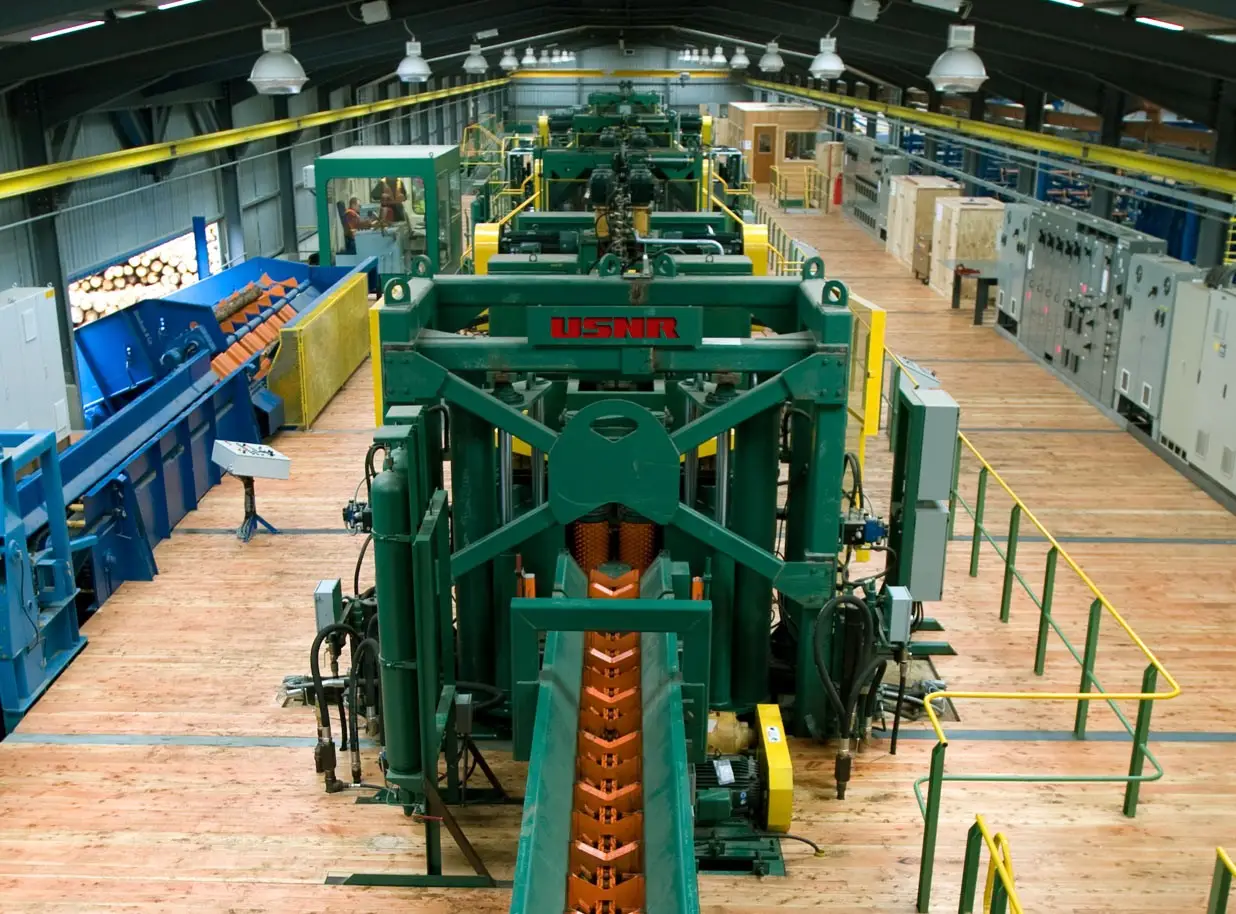Canfor opens new state-of-the-art wood processing facility in Axis, Alabama
February 12, 2025, fromTimber MarketAccording to the news, Canfor Southern Pine (the name of Canfor's US branch) recently held an opening ceremony for a new wood processing plant in Axis, Alabama, with an investment of US$210 million.
The facility is designed to integrate cutting-edge technology and advanced manufacturing processes, with an annual production capacity of250 million board feetIn addition, it is equipped with a biomass fuel drying system to support the company’s sustainability and decarbonization goals.
Once fully operational, the wood processing plant will employ130 employees. The project was first announced in July 2022.
LumberFlow Expert Interpretation
The opening of Canfor's new wood processing plant will have a significant impact on the market demand and supply chain of Chinese wood importers. With the commissioning of the facility, it is expected to increase wood supply, which may alleviate price fluctuations in the market. At the same time, the application of biomass drying systems is also in line with the global sustainable development trend and will help improve the market competitiveness of products. When making purchasing decisions, Chinese importers need to pay attention to the supply chain risks and opportunities brought by this project to ensure a stable supply of wood.





